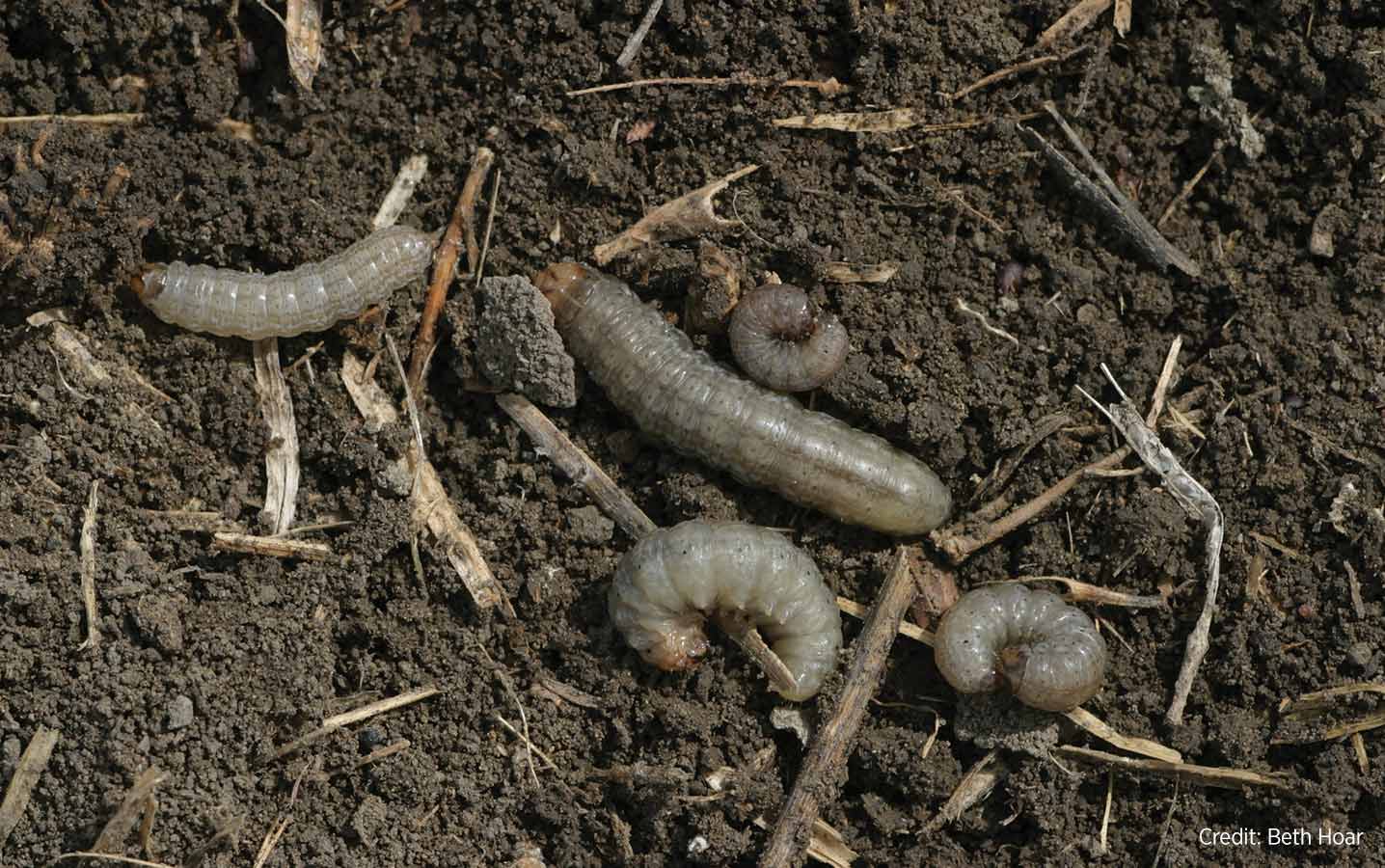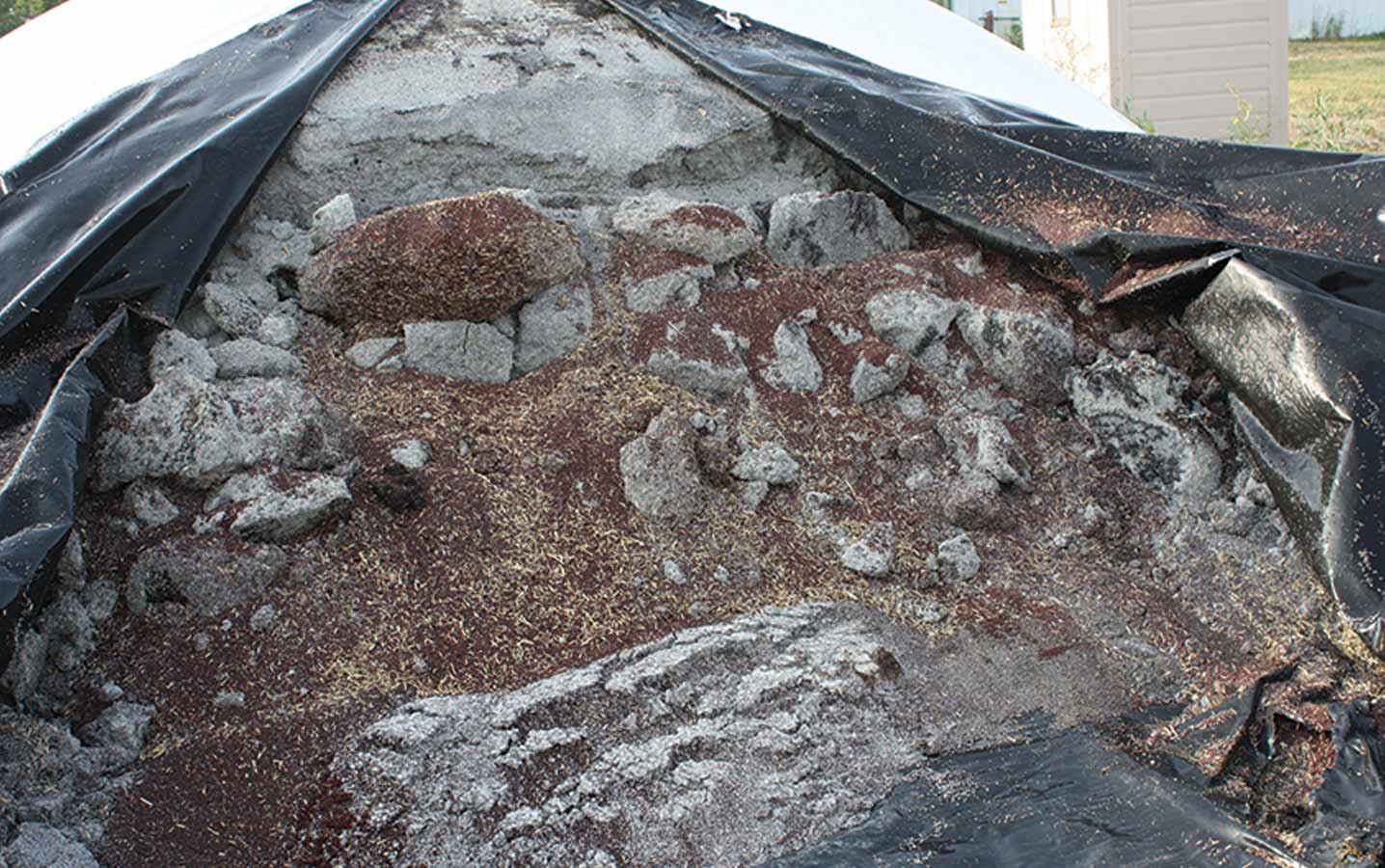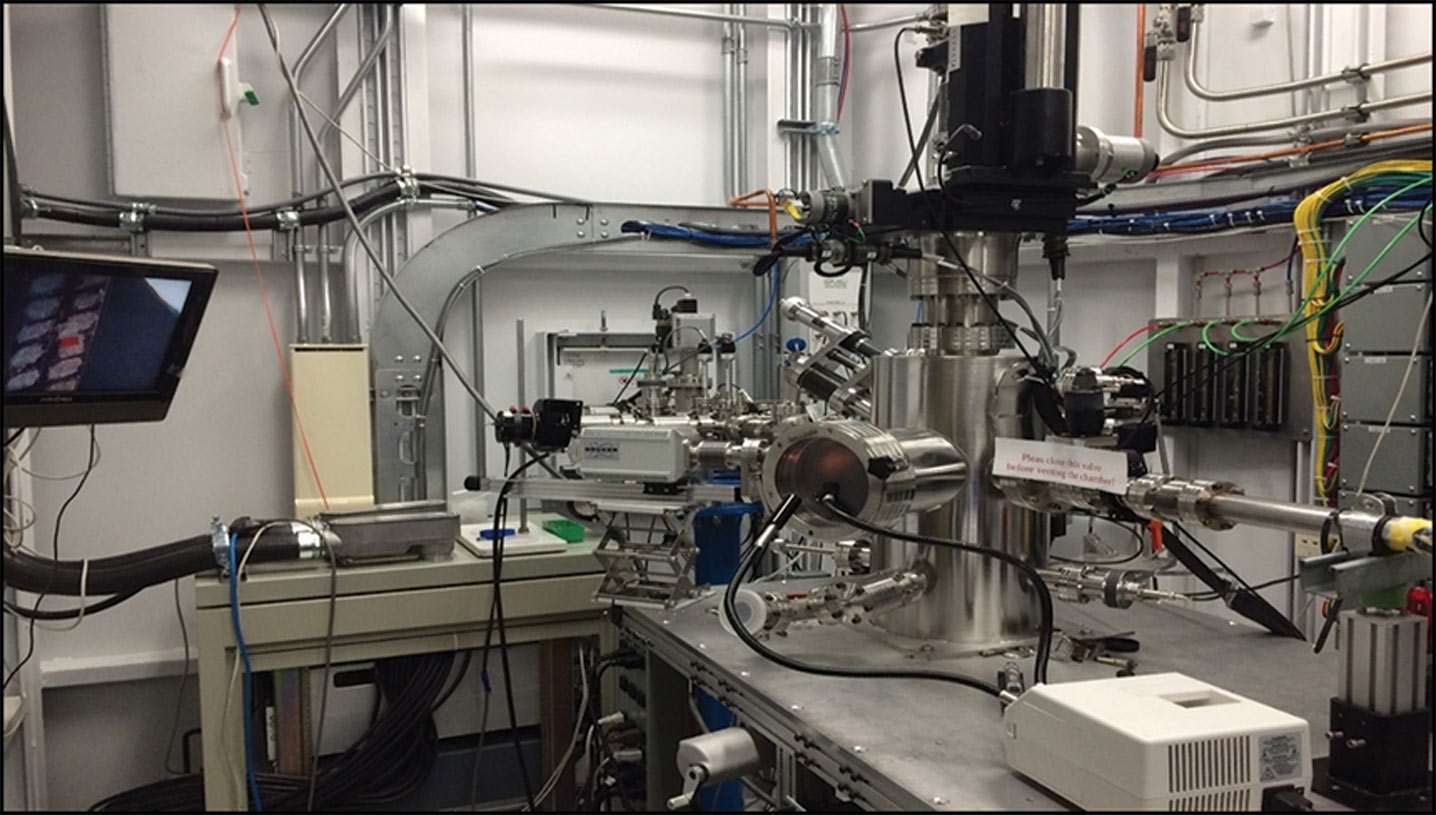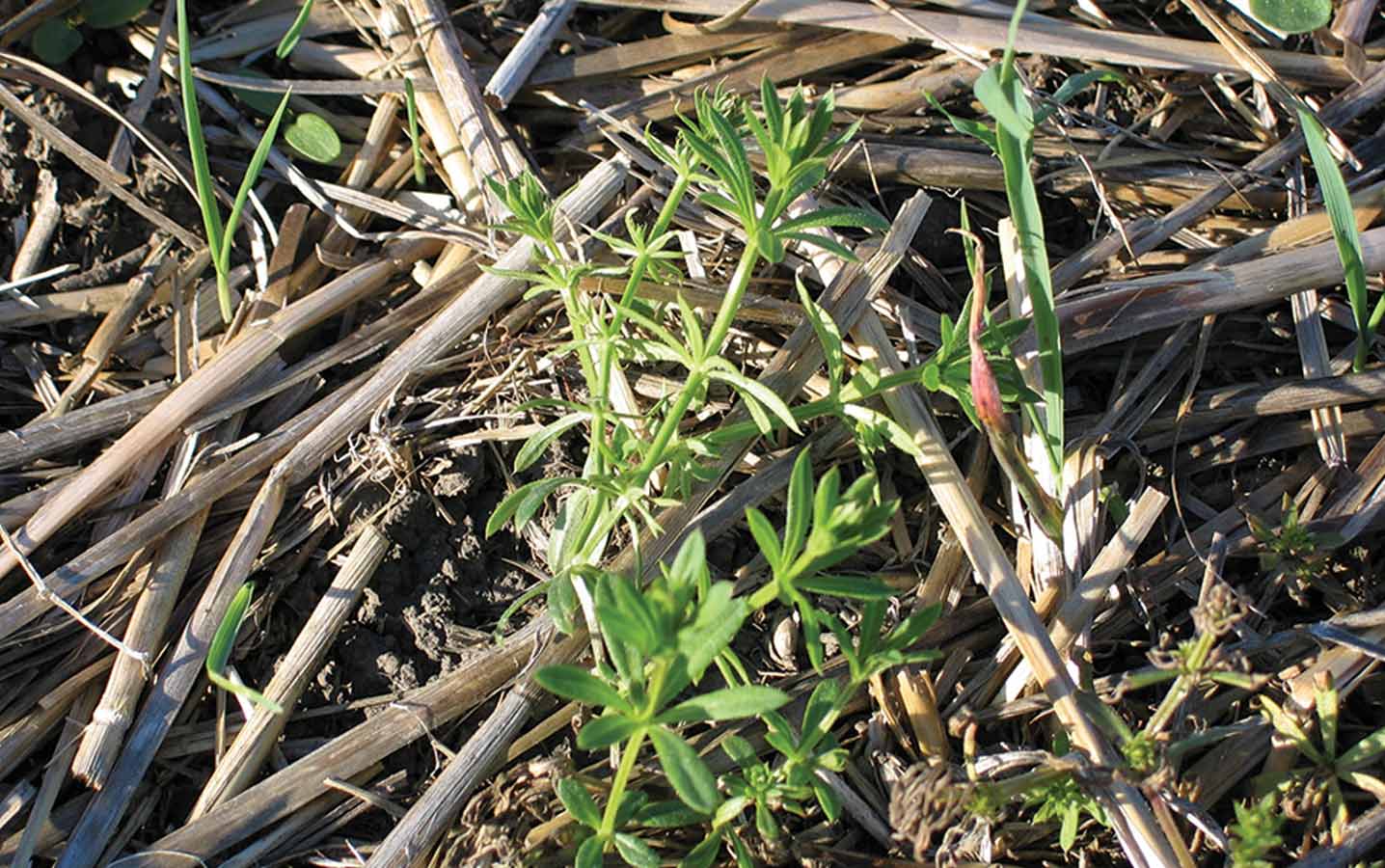Science
EC cannot help make VR strategies more consistent
Science Edition 2016—Key Result: While soil electrical conductivity (EC) measurement is a strong indicator of soil clay and moisture content, it cannot help to make variable rate (VR) fertilizer programs more consistent. Producers using VR should be prepared to use a specific strategy for each field each year. Project title, Principal investigators: “Understanding soil variability for effective...
Read More







